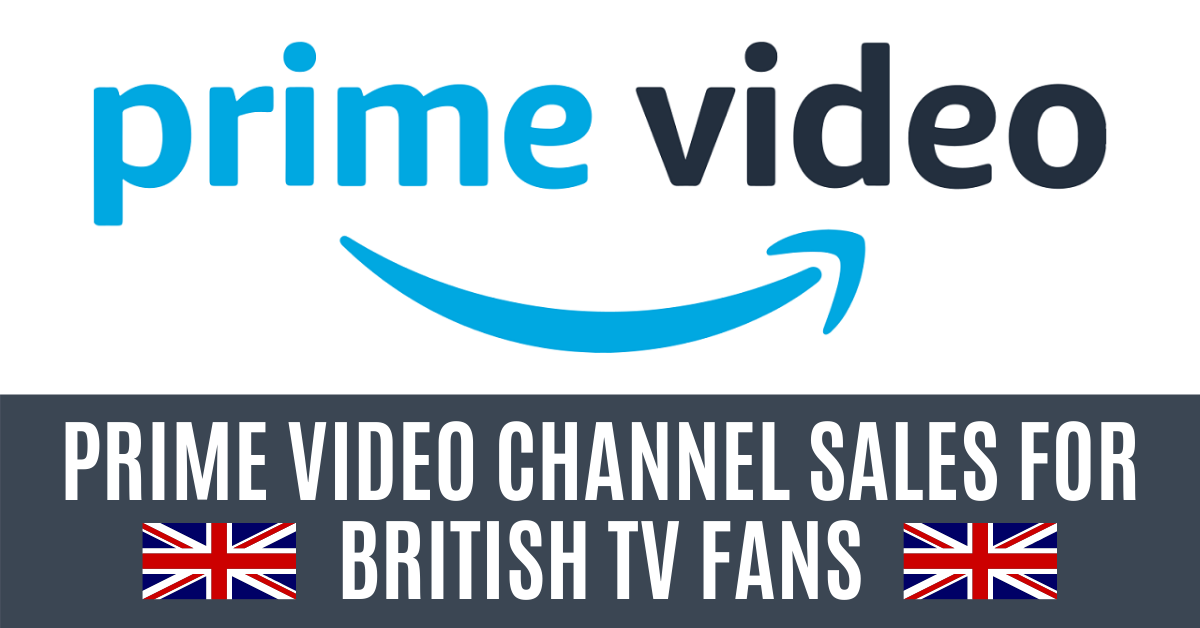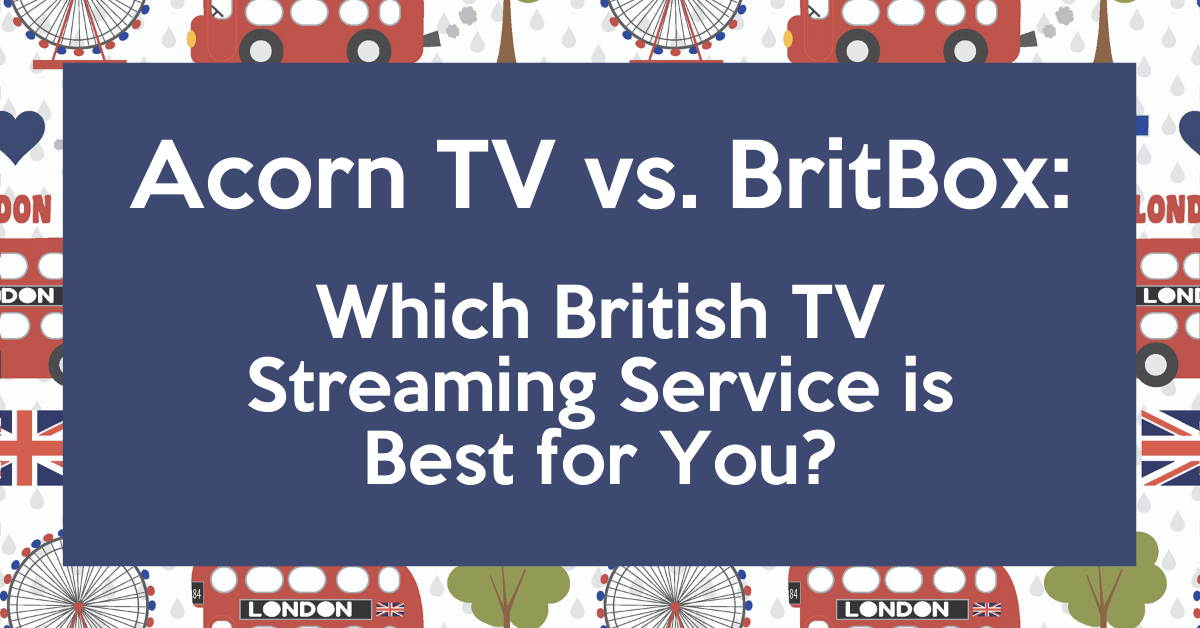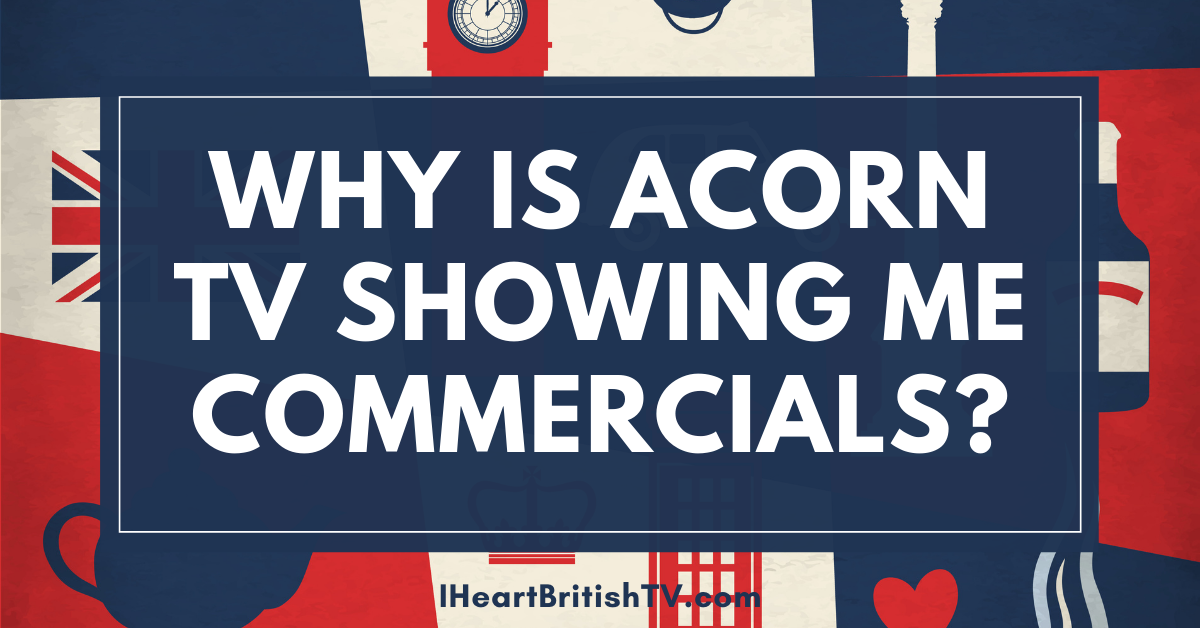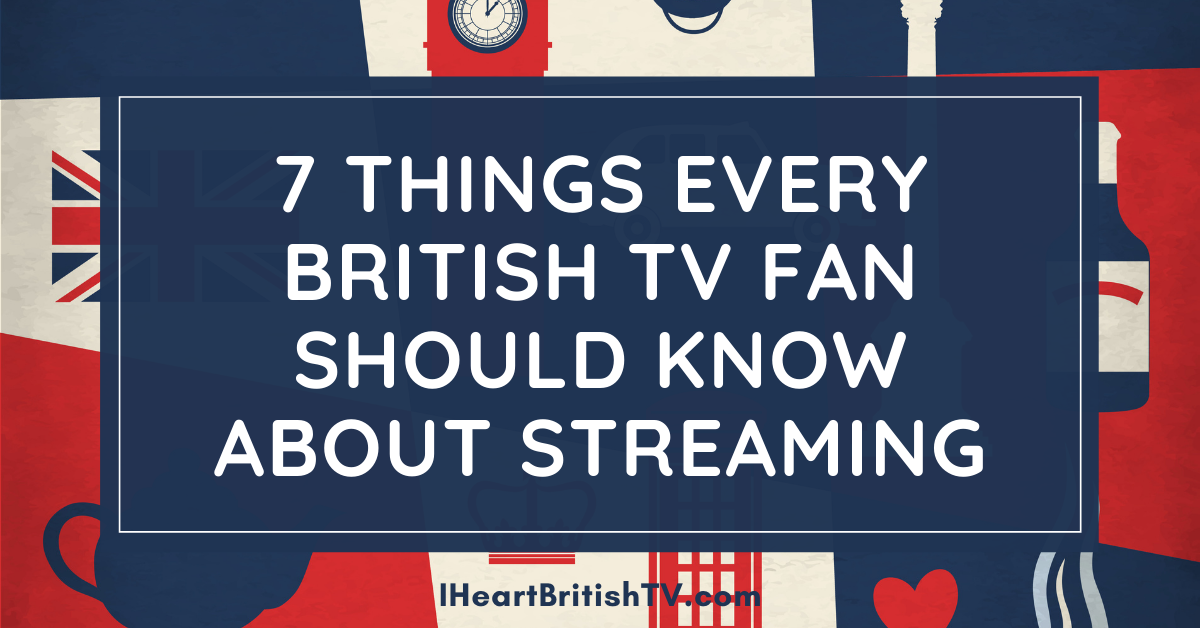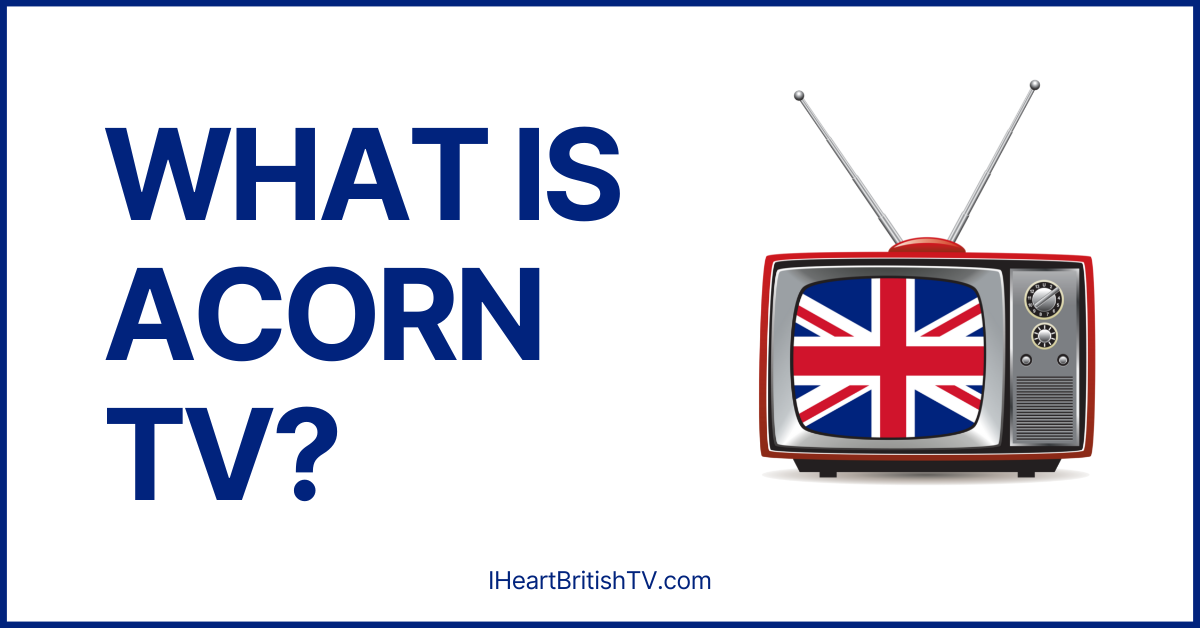What Are FAST Channels – & How Can You Use Them to Watch Free British TV?
In some cases, we earn commissions from affiliate links in our posts.
Last Updated on November 2, 2023 by Stefanie Hutson
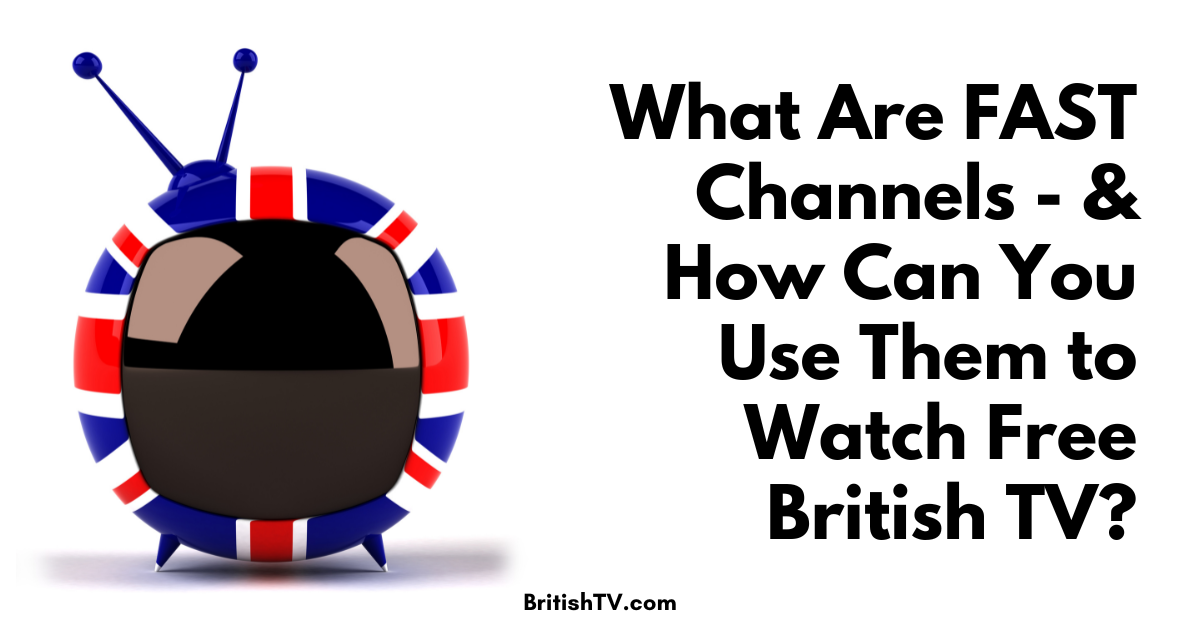
Depending on how much British TV news you read, you may have noticed a number of companies launching free FAST channels this year. If you're like most people, though, you probably have no idea what that means or how you can benefit from it.
To make sure that you, our lovely readers, aren't missing out on something you might enjoy, we wanted to take a moment to explain the concept and show you how you can use FAST channels to further expand the amount of British TV you're able to access – at no cost.
What Are FAST Channels?
First off, the basics. FAST stands for “Free Ad-Supported Streaming TV”.
Traditionally, a lot of the free, ad-supported TV services were very similar to any other streaming service, but with ads. Sites like Tubi and Roku and Freevee (which is found within Amazon's video offerings) had long lists of shows and they were mainly geared towards picking specific shows and then watching them “on demand”. You'd just scroll through the lists or type in the name of the show you wanted, and click to make it start playing from the beginning of the title you requested.
FAST channels emerged when some of these services, like Pluto, created a “live TV” section where you could tune in to specific channels that were organised around themes. For example, the screenshot below features a few of the new BBC FAST channels as seen within the live TV guide on Pluto TV.
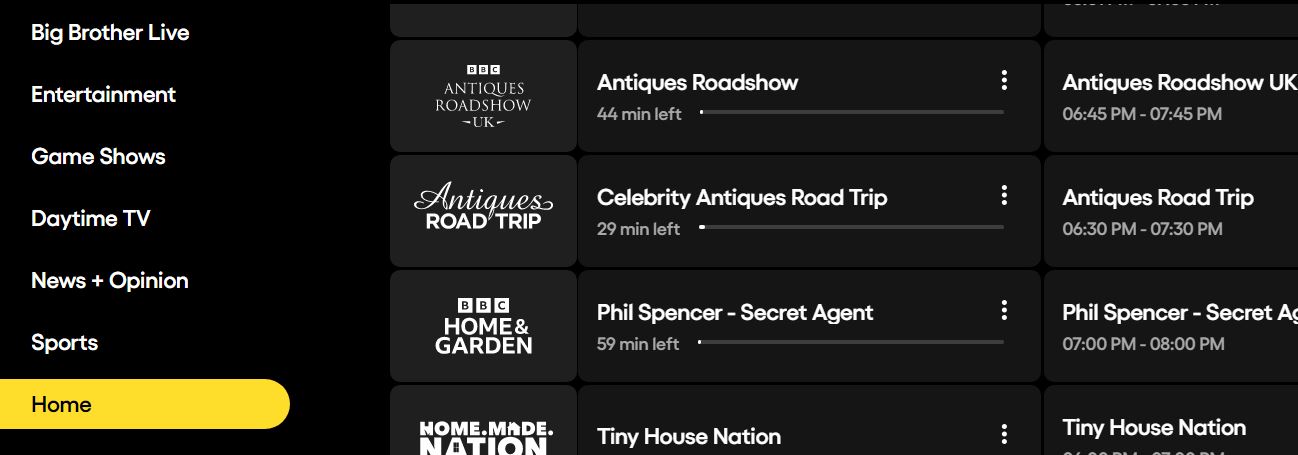
As you can see, these FAST channels look kind of similar to what you might have seen on your old cable or satellite TV menu. They're similar in that you have to watch them as they air, and you can't simply click the show and start from the beginning. There are two big differences, though:
- They're free – Unlike old TV where you paid money AND you had to watch ads, you pay for these shows with your time, by watching ads. However annoying ads can be at times, it's hard to argue with the price.
- The shows “travel” to your house through your internet provider – You don't need a separate cable package to watch these. You only need internet access + some device to display the content (a smart TV, an older TV with a device like a Roku attached, a computer, a smartphone, etc).
What Are FAST Channels Good For?
You might be wondering: “Okay, so I have to sit down and watch these things AT the time they're on. That sounds terrible. Wasn't streaming supposed to be about ending that horrible way of doing things?”
And you have a point – with a few caveats. First, some services and channels (like Pluto) DO offer a “start from beginning” and “pause” feature to make things a little easier. Pluto in particular is also very good about telling you which season and episode you're watching so you can find it later on an on-demand service if you catch part of something and want more.
Beyond that, though, there are a few scenarios where FAST channels come in handy:
- You're the kind of person who likes background television – If you just want something to hear as you work or move around your house doing other things, FAST channels offer a similar experience to turning on an old-fashioned cable TV channel and just letting it run.
- You're looking for shows that aren't available through conventional streaming methods – Some networks have chosen to make old shows and standup performances – shows not available via other normal streaming services, or shows you might not have otherwise encountered – available through their FAST channels.
- You're watching an old comfort show and you don't care if you see things out of order or tune in late – Some long-running older shows like Perry Mason, Murder, She Wrote, and Midsomer Murders have entire channels dedicated to the nonstop play of old episodes. If you can't justify the cost of a streaming service that has that series, a FAST channel can be a great alternative.
Where Do You Find Fast Channels?
New options are emerging all the time, but we'll talk about the biggest and most popular services out there today.
- Freevee (formerly IMDb TV) – Within Amazon's video app or channel on your device, you'll go to the “Live TV” option. There, you can browse a wide variety of channels, including a number that feature British TV shows.
- Tubi – In Tubi, simply go to the “Live TV” option and you'll be able to scroll through their menu of live channels.
- Pluto TV – On Pluto, the “Live TV” option seems to be their default. If you prefer to select programming and watch on demand, you actually have to click over to the “On Demand” option.
- Peacock (available on the free tier) – Once you make a Peacock account, you simply go to the “Channels” item on the main menu and you'll be able to select from a variety of live channels. It's worth noting that Peacock has (at time of writing) far fewer channels than many of its competitors.
- The Roku Channel – Roku Channel boasts more than 350 free, live TV channels, but depending on how you access it, you may find it a little tougher to get to the menu. If you're on the device you hope to watch on, you can click the name of the channel at the beginning of this description. Otherwise, be prepared to possibly scroll down a bit in their offerings to get at the “Live TV” section. And of course, keep in mind that interfaces change all the time, so it may be easier to find if you come across this guide a month from now.
How Do You Watch Fast Channels?
Luckily, there are quite a few ways to watch FAST Channels. We'll talk about the most popular and accessible ways to get started:
- With a smart TV – If you have a smart TV, that means your TV has the ability to connect to the internet and download apps or channels. If you have an old smart TV that doesn't allow you to add the channels you want, you might need to proceed in the same manner as the people in the next bullet point…
- With a “dumb” TV – If your TV doesn't connect to the internet, you'll need an external device if you want to do any kind of streaming TV. It's sort of like how, if your TV didn't have a DVD player or built-in VCR back in the day, you had to buy a DVD player or VCR and plug it in.
- There are a number of options on the market, but we recommend the Roku, and there are a few good reasons for that.
- They're cheap. You can get the cheapest model HERE for around $30 (though price varies according to retailer and sales) and that's good enough for most people. If you need to be able to use headphones, you may prefer to spring for the Roku Ultra, and if you're a little more particular about audio, you can pay more for a variety of soundbar and surround sound options.
- They're incredibly simple, and the remote control is easy to read. Roku has done a great job of making things clean, big, and simple. It's possible you might need a little help with the setup if you're not very tech-literate, but it's highly unlikely you'll need to call in a grandkid to help you with the basic, day-to-day operation.
- They don't lock you (or firmly nudge you) into the Amazon ecosystem. As nice as Amazon's Fire devices are, they're very Amazon-first, to the point that it can be a little harder to find and navigate non-Amazon content if you don't know what you're looking for.
- There are a number of options on the market, but we recommend the Roku, and there are a few good reasons for that.
- With a computer, smartphone, or tablet – If all you have is a computer or mobile device, no worries. You can either download the app for the service you'd like to use, or go to your web browser and search for their site. From there, just click to what you want.
Happy watching!
